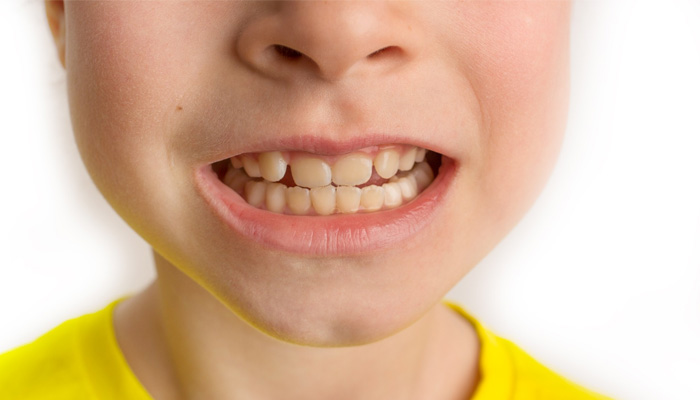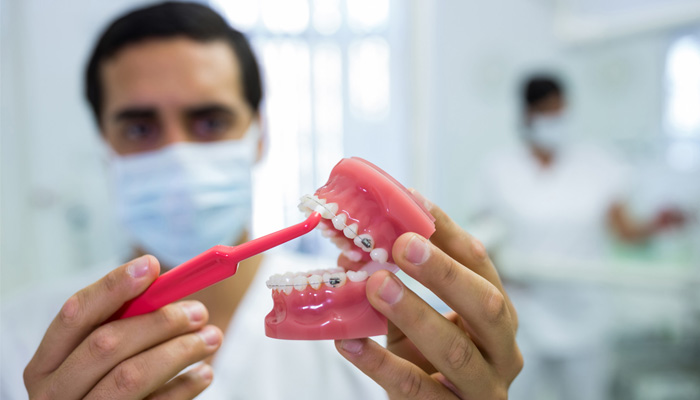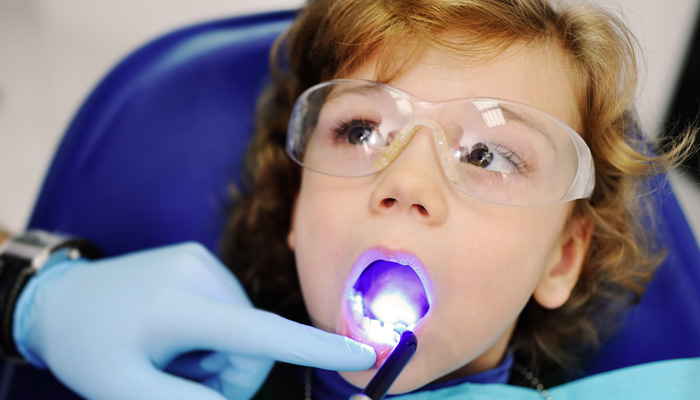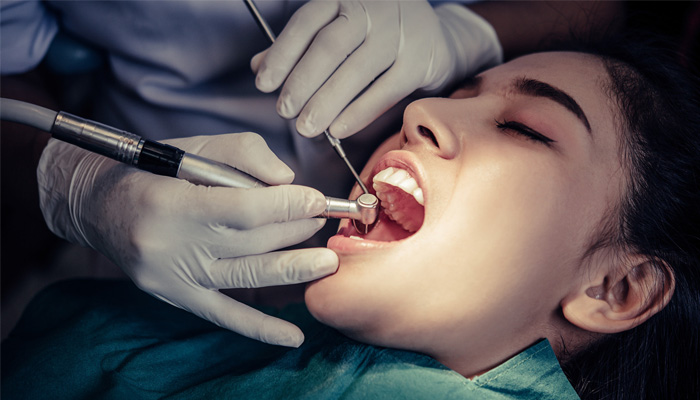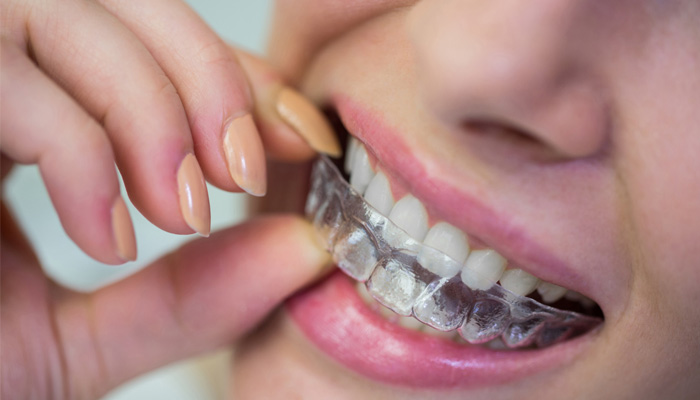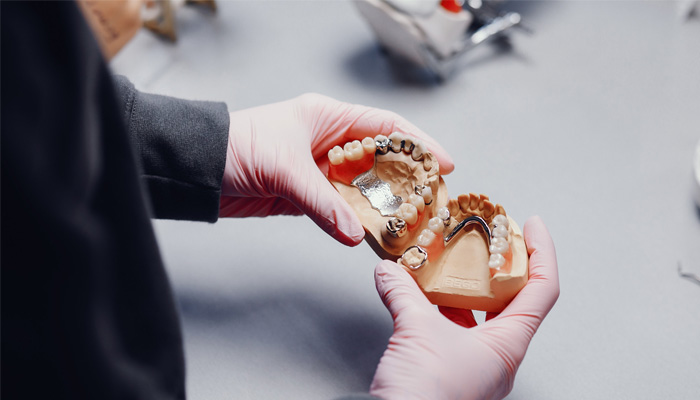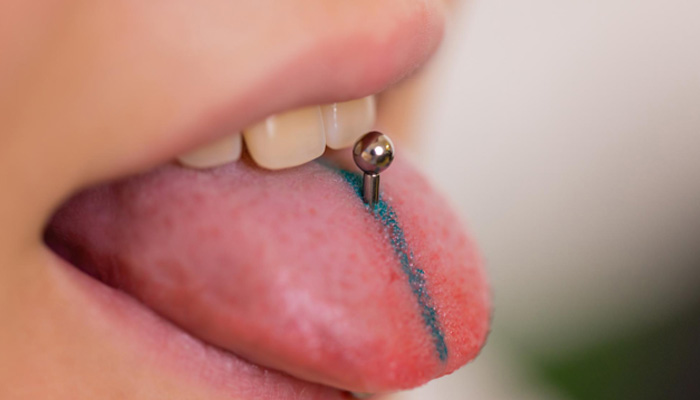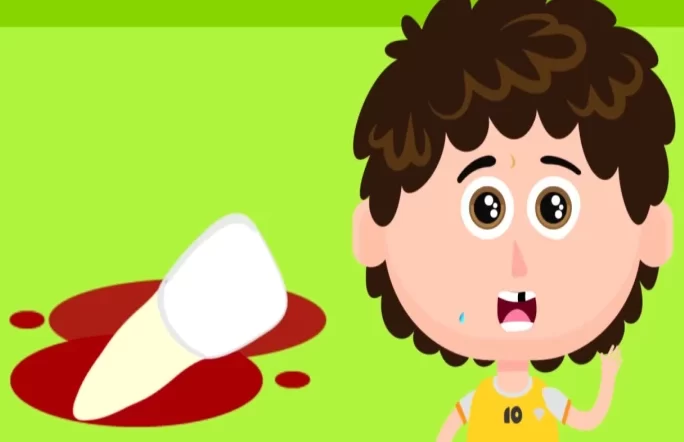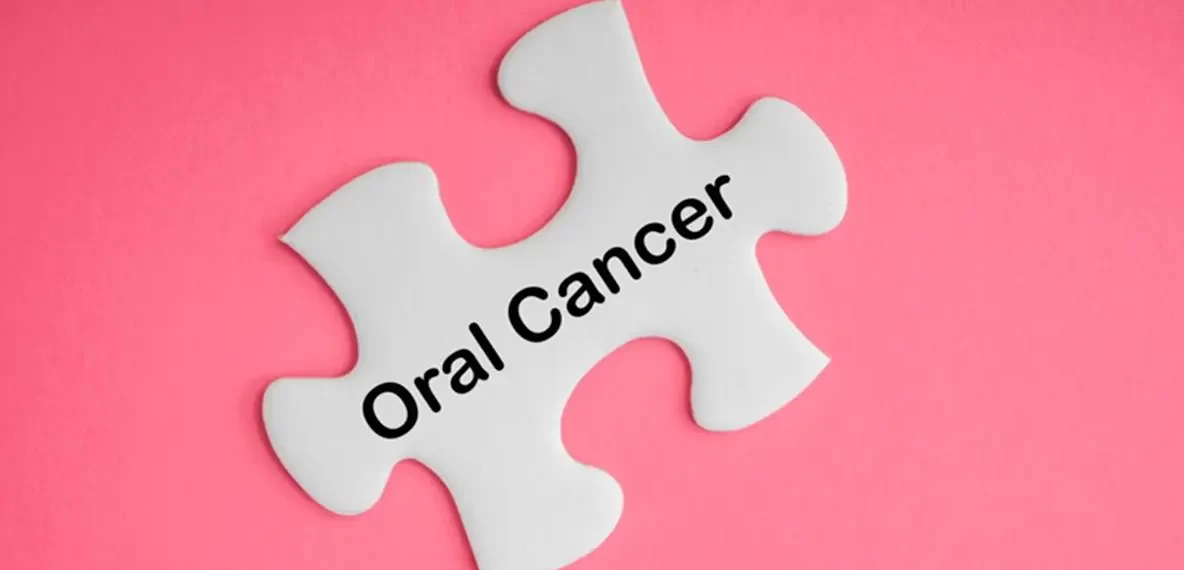Chipped or fractured teeth are common dental injuries. They can occur due to various reasons, such as
- accidents
- sports injuries
- biting on hard objects
- tooth decay, weakening the tooth structure. The severity of the fracture can range from a minor chip on the enamel to a more serious break involving the dentin, pulp, or even the root of the tooth. The management of chipped or fractured teeth depends on the extent of the injury. Here are the typical scenarios and their corresponding treatments:
Minor Chip: Treatment:
If only a small part of the tooth enamel is chipped, the dentist may smooth the rough edges and polish the tooth. In some cases, no further treatment may be required.
Cracked Tooth: Treatment:
A cracked tooth involves a fracture line that extends from the chewing surface of the tooth towards the root. Treatment typically involves placing a dental crown to protect the tooth and prevent further damage. In more severe cases, a root canal treatment may be necessary if the crack extends into the dental pulp.
Broken Cusp: Treatment:
A broken cusp refers to the chipping of the pointed chewing surface of a tooth. The dentist may repair it with a dental filling, however, if the damage is more extensive, a dental crown may be required.
Fractured Tooth with Exposed Dentin: Treatment:
If the fracture reaches the dentin layer (the sensitive part of the tooth under the enamel), the tooth may become sensitive and more prone to decay. The dentist may place a dental filling or bonding material to restore the tooth’s structure protecting it from further damage.
Vertical Root Fracture: Treatment:
This is a more severe type of fracture that extends through the root of the tooth. In most cases, the tooth is extracted. Replacement options may include a dental implant, bridge, or partial denture.
However, it’s crucial to seek prompt dental attention when you experience a chipped or fractured tooth to prevent further complications and preserve the tooth’s health. In the meantime, if you have a fractured tooth, you can take some steps to manage the situation before seeing a dentist:
- Rinse your mouth with warm water to keep the area clean.
- If there’s bleeding, apply gentle pressure with a clean gauze or cloth.
- If you experience pain or swelling, you can use a cold compress on the outside of the affected area to reduce inflammation.
- Avoid biting on hard or crunchy foods on the affected tooth.
Remember that these are general guidelines. The appropriate treatment for a chipped or fractured tooth can only be determined by a qualified dentist after a thorough examination. Regular dental check-ups can help detect any potential issues early on and prevent more significant problems down the road.







